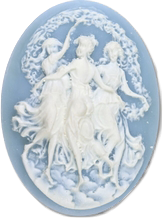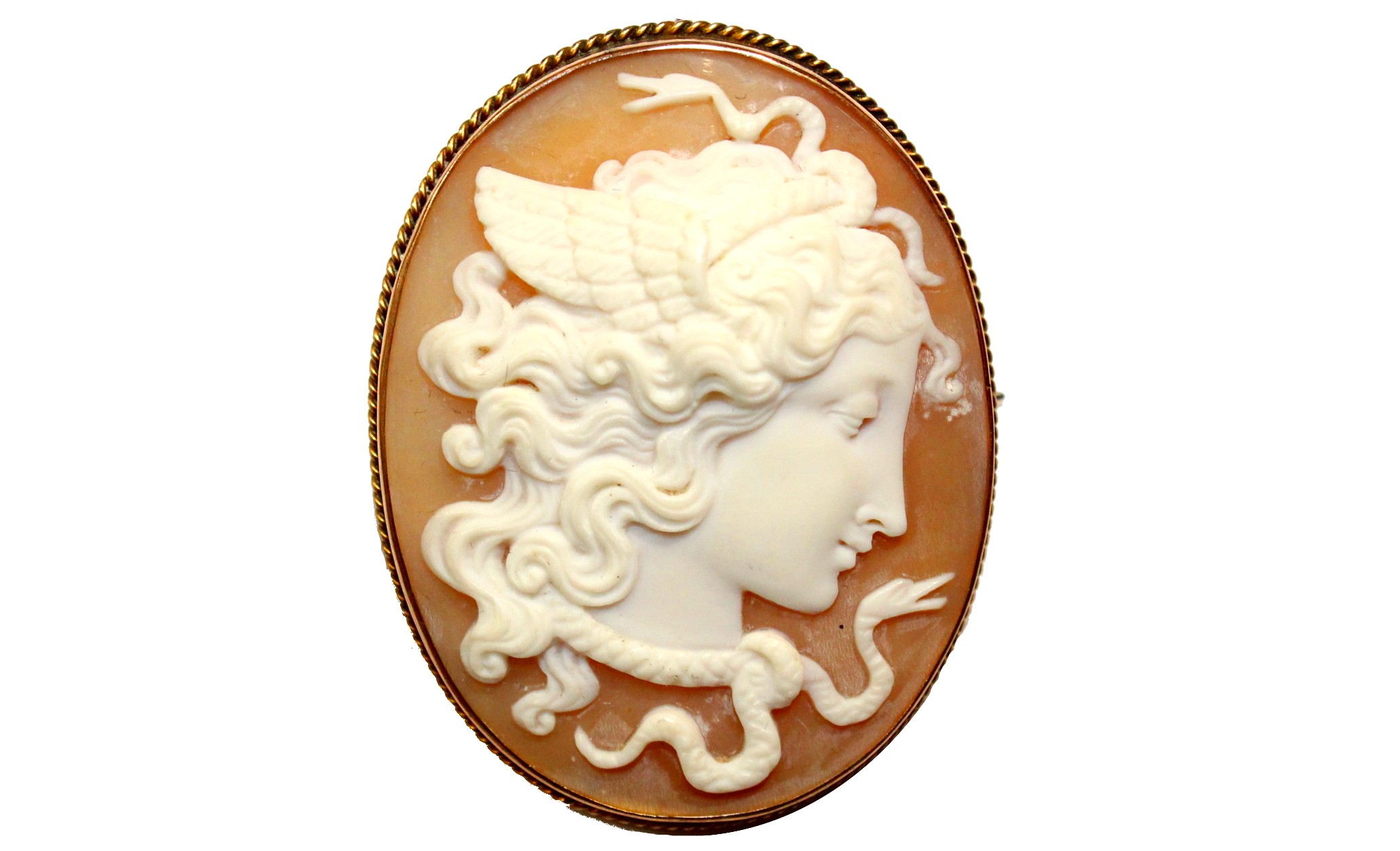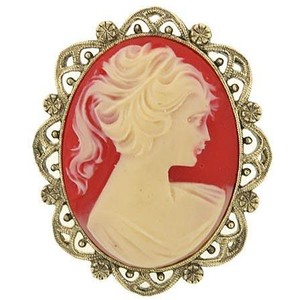Cameo Jewellery
The earliest widespread use of shells for cameo carving was during the Renassiance, in the 15th and 16th centuries. Antique cameos are recognised by their common attributes - a woman's profile carved out of a white shell placed against a coral background. Although this is now the standard design for vintage cameos, it certainly is not the only!
Cameos can be made from many different high-quality materials including coral, stone, bog oak, gutta-percha, ivory and shell. The most common design on antique cameos is the portrait. They historically exhibited a resemblance to a historical philosopher or other important individual up until the early 19th century when the design changed to a Roman woman wearing littke to no jewellery. Religious and mythological figures were often featured among other motifs.



Cameos are treasured by many as a form of art. The first cameo was carved around 332 BC and we can see that people have been carving portraits into cameos as far back as 15,000 BC. Scenic cameos are one of the more valuable cameos. It is a popular motif including a cottage, a bridge and a girl. Modern cameos commonly consist of white on black, white on blue and white on a reddish brown.
The world center for cameo carving shells is Torre del Greco, Italy. Torre del Greco has been a major producer of coral and cameo jewellery and cameo broches since the seventeenth century.



FaceBook Twitter YouTube Google Instagram pinterest